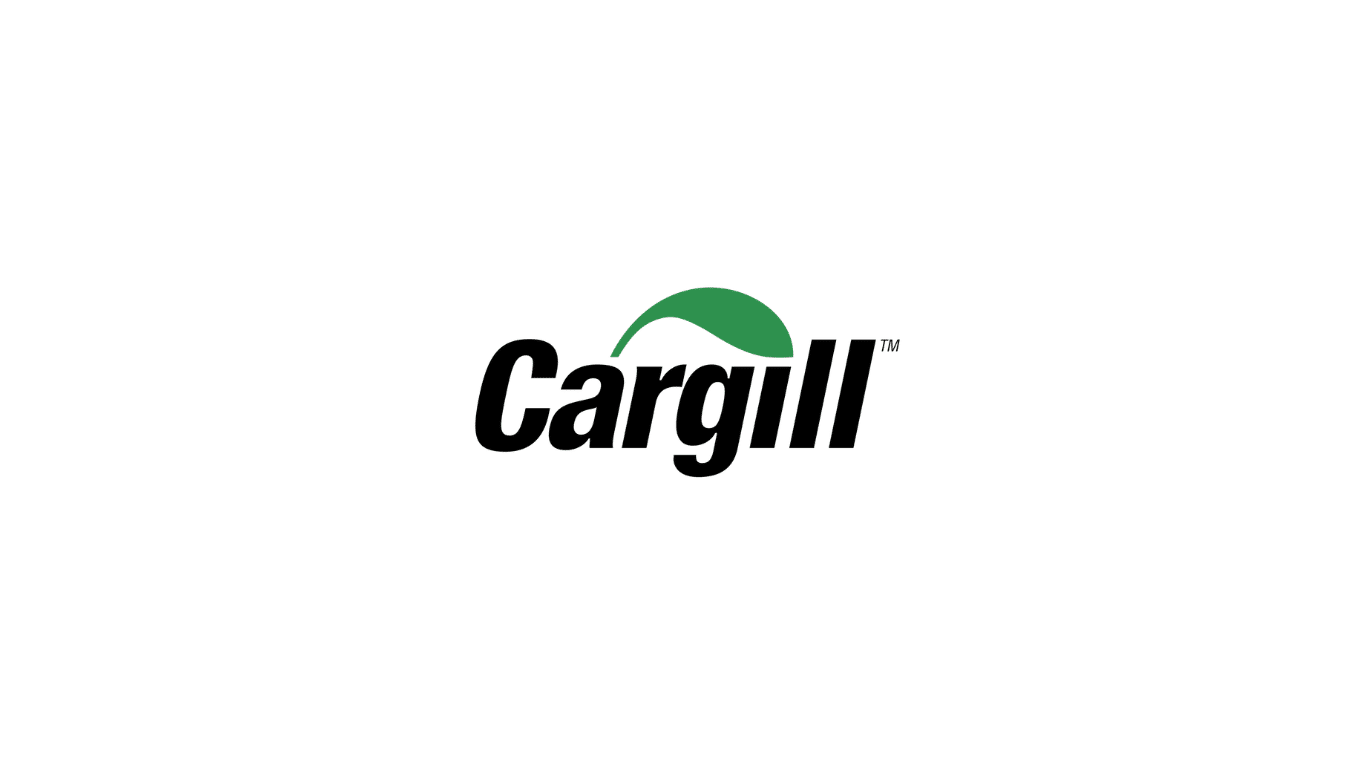Key Takeaways
- Cargill introduces interconnected upgrades across its cocoa supply chain from West Africa to Europe
- Initiatives include biomass boilers, solar plants, electric barges, and circular packaging solutions
- Company aims to reduce supply chain emissions by 30% per ton of product by 2030
- New logistics and processing systems expected to cut site CO₂ emissions by up to 90% in the Netherlands
- Transformation aligns with Cargill’s broader climate goals, including a 10% reduction in operational emissions by 2025
Cargill’s Cocoa Supply Chain Undergoes Major Sustainability Transformation
Cargill has announced a wide-ranging transformation of its global cocoa supply chain, unveiling a suite of investments aimed at significantly reducing carbon emissions, minimizing waste, and improving efficiency from West African cocoa-producing countries to European processing facilities. These updates span the full supply chain, integrating renewable energy sources, circular logistics systems, and advanced infrastructure.
“Sustainability isn’t a single project at Cargill—it’s how we operate,” said Emiel van Dijk, Managing Director of Cocoa & Chocolate Europe and West Africa. “From circular waste reuse to renewable transport and clean energy, we’re showing that climate action can scale, without compromise.”
Circular Solutions and Renewable Energy at Origin Points
In Côte d’Ivoire, cocoa shells that were once discarded are now being reused to fuel biomass boilers, repurposing organic waste into a renewable energy source. In Ghana, a solar plant is powering production activities in Tema, while new ISO tanks are replacing single-use packaging materials—cutting up to 100 metric tons of waste per month.
These origin-level efforts mark the starting point of Cargill’s revamped cocoa journey, which connects sustainable practices with measurable outcomes.
Europe’s First Electric Barges and Solar Warehouses Lead the Way
After arrival in Europe, cocoa beans enter Cargill’s solar-powered warehouse network near Amsterdam. From there, they are transported to the company’s Zaandam factory via the world’s first fully electric barges, a move that eliminates roughly 190,000 kilograms of CO₂ emissions annually. All electricity for the vessels and facilities is supplied by Windpark Hanze, a renewable energy collaboration between Cargill and Vattenfall.
Post-processing, cocoa shells are again put to use as fuel in a new biomass boiler in Amsterdam. This facility alone is expected to cut greenhouse gas emissions by nearly 19,000 tons per year. When combined with the wind-powered energy systems, the total emission reduction reaches 31,000 tons annually—translating to up to a 90% reduction in site CO₂ emissions.
Efficient Logistics for the Final Mile
The final stretch of the supply chain features BIO LNG-powered trucks transporting semi-finished cocoa products to Wormer, which hosts the world’s largest cocoa processing site. Finished cocoa powder is then stored in a next-generation warehouse in Zaandam operated by Green Valley Cocoa Logistics. This facility incorporates solar panels, automated vehicles, and integrated rail and barge systems to reduce environmental impact in last-mile delivery.
Cargill continues to use renewable fuels and short sea shipping for distributing finished cocoa products to chocolate factories and customer sites across Europe, supporting the company’s 2030 target of cutting supply chain emissions by 30% per ton of product.
Cargill Sustainability at Scale
“This is what sustainability at scale looks like,” added van Dijk. “It’s measurable, circular, and designed to serve both people and the planet.”



6 Comments